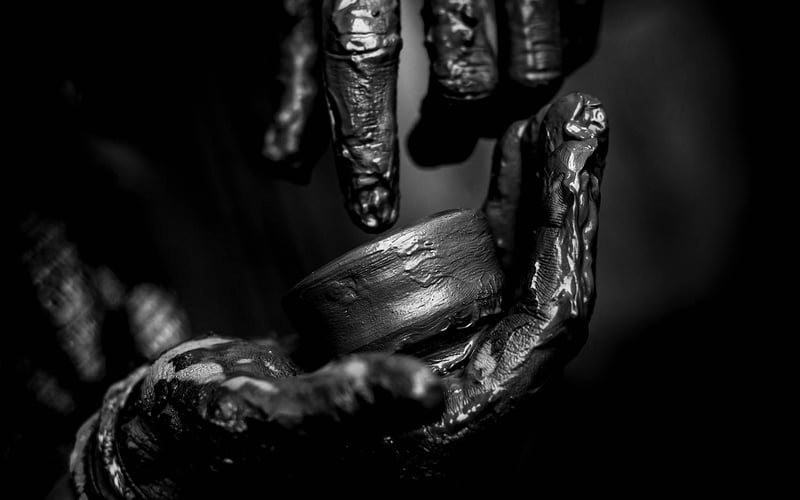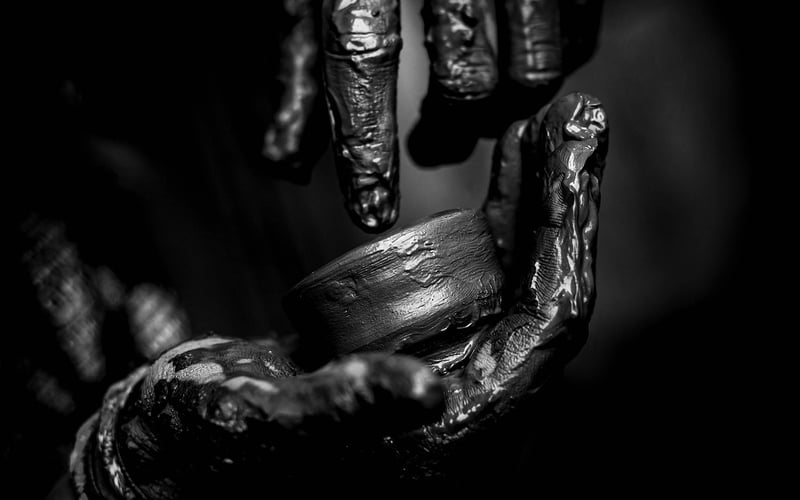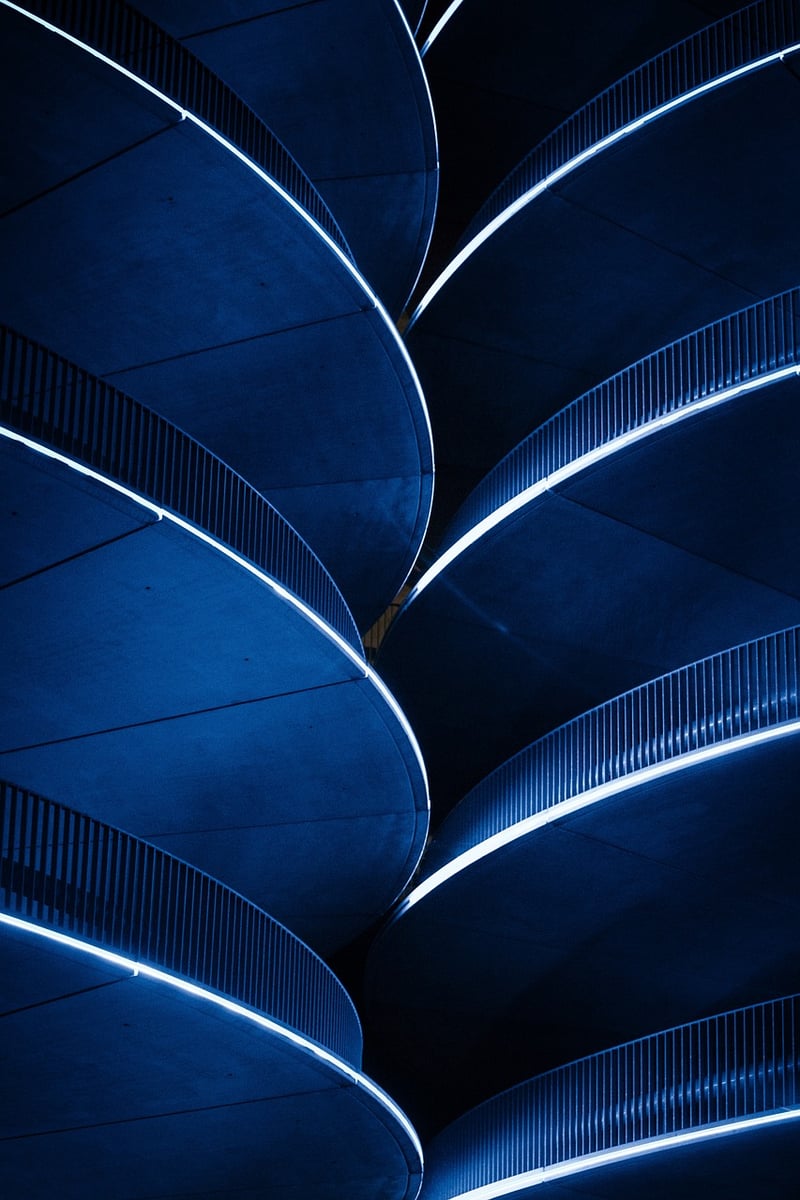Contemporary
Exploring Expressive Movement Forms in Contemporary Dance
Dance has been a form of expression for centuries, evolving through various styles and techniques. In contemporary dance, artists push the boundaries of traditional movement forms to create unique and expressive performances that captivate audiences worldwide.
The Art of Contemporary Dance
Contemporary dance is a dynamic and fluid form of movement that combines elements of various styles, including ballet, modern dance, and jazz. Dancers use their bodies to convey emotions, tell stories, and explore new ways of moving in space.
Exploring Expressive Movement
Expressive movement forms in contemporary dance allow dancers to convey a wide range of emotions and ideas through their physicality. From subtle gestures to powerful leaps, each movement is a form of self-expression that connects the dancer to the audience on a visceral level.
Key Elements of Expressive Movement Forms
- Fluidity: Movements flow seamlessly from one to the next, creating a sense of continuity and grace.
- Emotional Depth: Dancers tap into their emotions to infuse each movement with meaning and authenticity.
- Dynamic Range: From soft and delicate to strong and explosive, dancers explore the full spectrum of movement possibilities.
- Storytelling: Movements are used to convey narratives, themes, and concepts, allowing the audience to engage with the performance on a deeper level.
Image Gallery


Conclusion
Expressive movement forms in contemporary dance offer a platform for artists to push boundaries, challenge conventions, and create powerful performances that leave a lasting impact on viewers. By exploring new ways of moving and expressing themselves, dancers continue to evolve the art form and inspire audiences around the world.
Next time you watch a contemporary dance performance, pay attention to the expressive movements and the stories they tell. You might just find yourself drawn into a world of emotion and creativity unlike anything you've experienced before.
